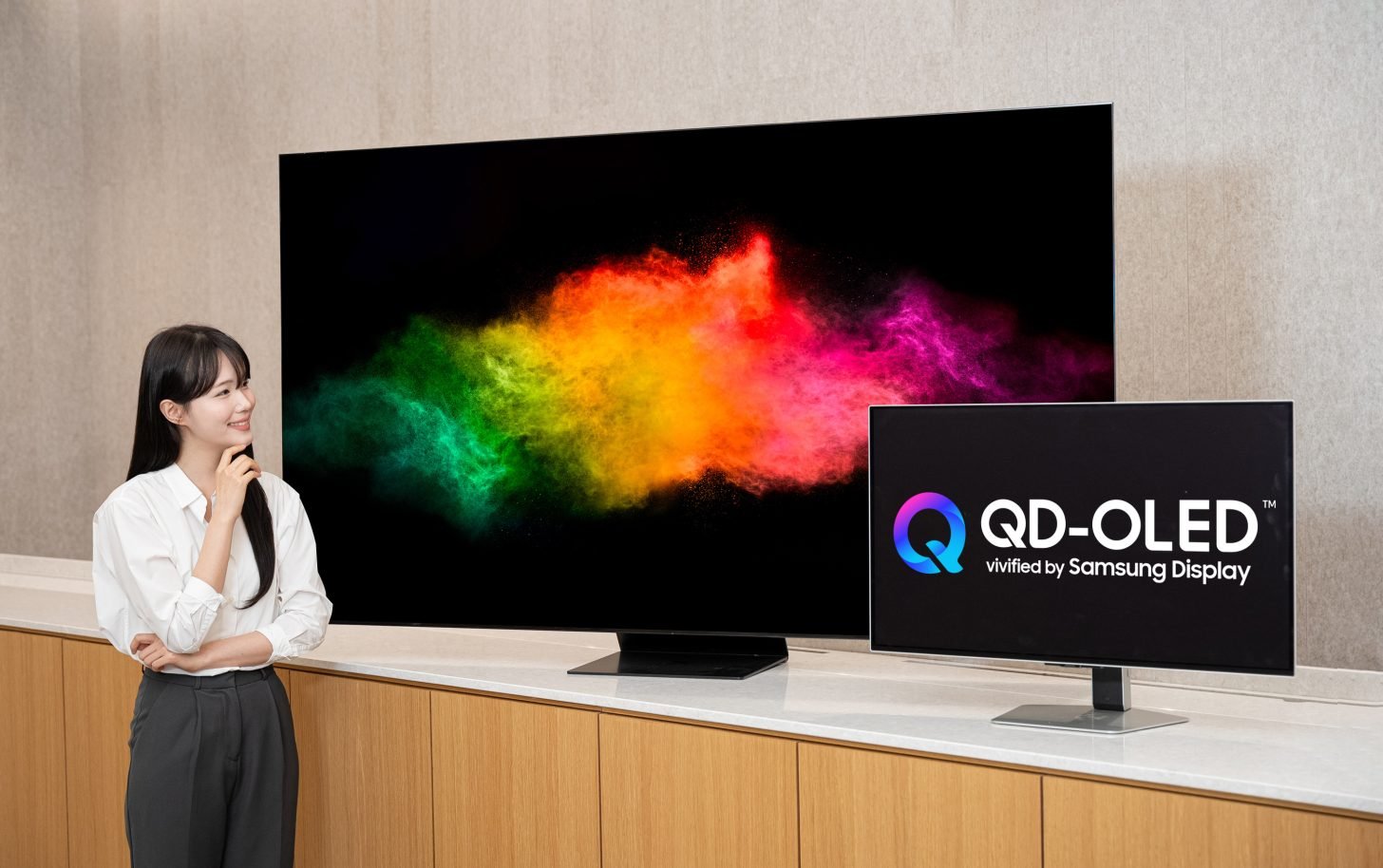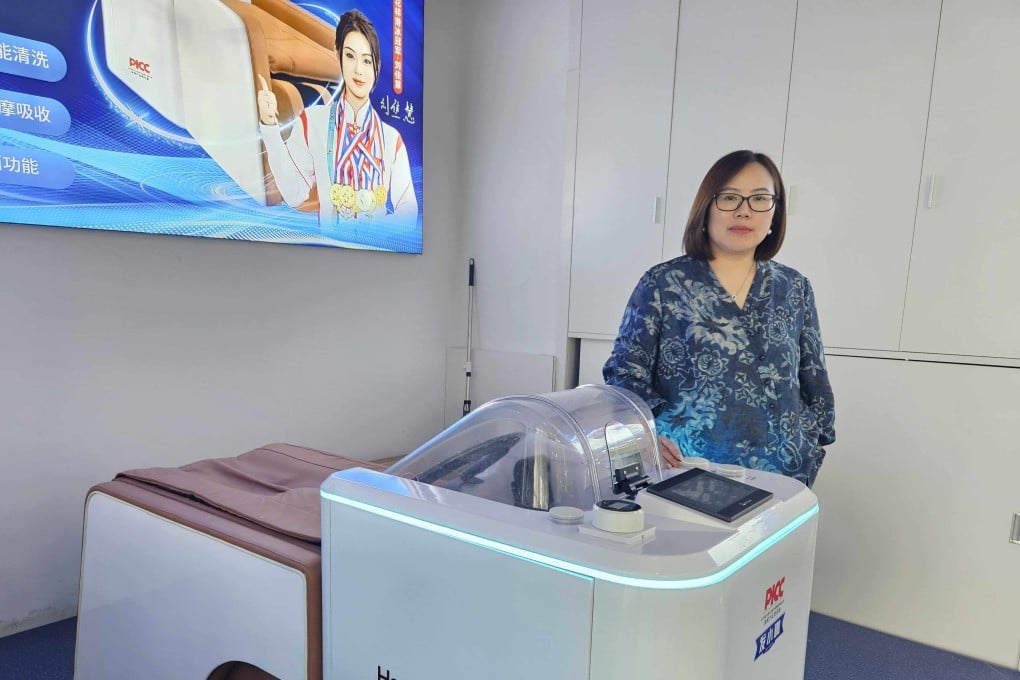Tests show that bright pixels next to truly black pixels on OLED TVs look about 1.5 times brighter due to the increased contrast ratio. In contrast, the muddier dark grey pixels on LCD sets render the bright pixels as not as dazzling.
This might seem intuitively obvious, but Samsung Display has gone to the length of commissioning research to remove any doubt. Samsung Display asked UL Solutions, a global safety science company, to look not at the brightness of the TVs, but at their “perceived brightness”. It evaluated 15 Samsung Display’s OLEDs for laptops, tablets, and automobiles, and 7 QD-OLEDs for monitors and TVs, reports flatpanelsHD .

“UL Solutions verified Samsung Display’s claim that its OLEDs and QD-OLEDs provide an average 1.5 times greater perceived brightness than LCDs of the same PCL score,” it said. This outcome means a lower nit rated OLED TV can deliver as much “perceived brightness” as a technically brighter LCD display.
“According to assessments by UL Solutions, Samsung Display’s 300-nit OLEDs have the same perceived brightness as 510-nit LCDs, and its 500-nit QD-OLEDs have the same perceived brightness as 767-nit LCDs,” flatpanelsHD said. This week Samsung Display unveiled a new “brand identity” for its QD-OLED TVs and says it is preparing to file a trademark. The Korea Herald reports that the brand identity visualizes the letter “Q” from QD-OLED, incorporating a blue hue representing the blue OLED material and a gradient that symbolizes the technology’s expansive color spectrum.
“QD-OLED combines the superior black expression capabilities of traditional OLED with the optical characteristics of quantum dots, enabling richer color expression and distortion-free image quality from any angle,” a Samsung Display official told the publication..
Technology

Samsung TV Tests Show ‘Perceived Brightness’ Matters

Tests show that bright pixels next to truly black pixels on OLED TVs look about 1.5 times brighter due to the increased contrast ratio. In contrast, the muddier dark grey pixels on LCD sets render the bright pixels as not as dazzling. This might seem intuitively obvious, but Samsung Display has gone to the length... Read More















